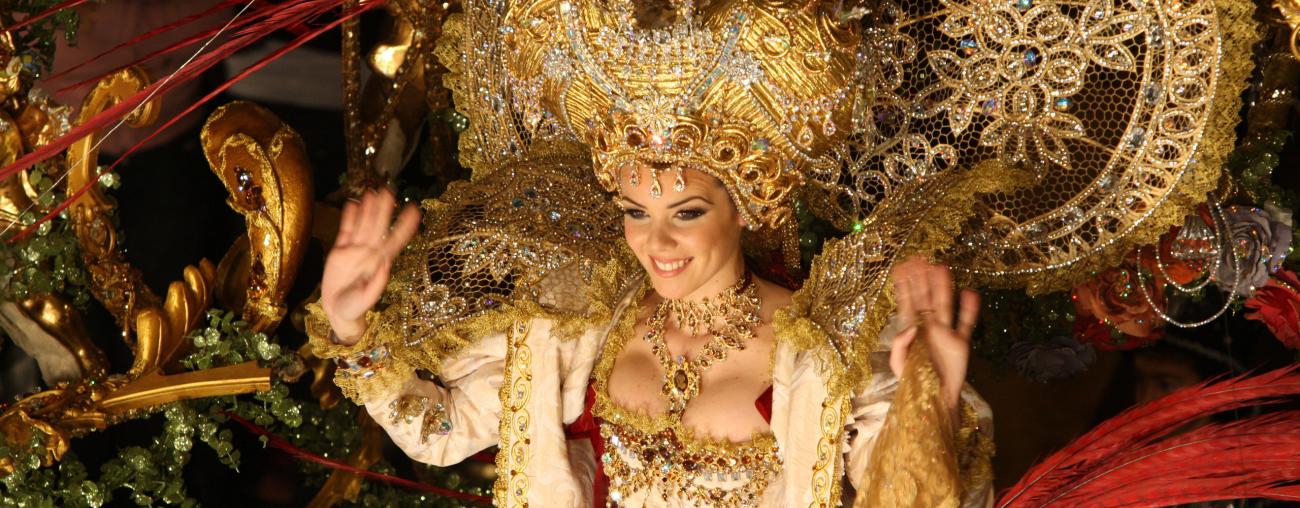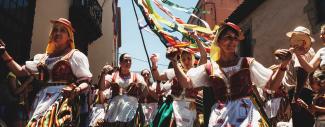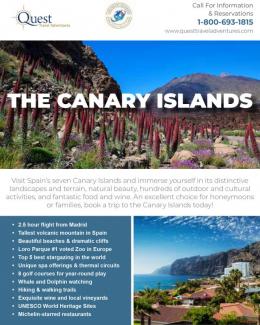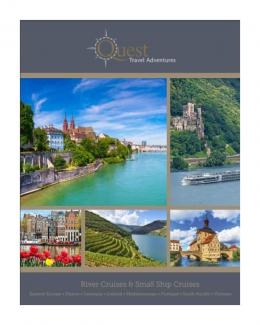Tenerife's Carnival Celebration

Around the world, Christians prepare for the solemn season of Lent with a kick-up-your-heels, no-hold-barred festivals. The ones you’ve most likely heard of are New Orleans’ Mardi Gras and Carnival in Rio de Janeiro. The most famous one you may never have heard of is Carnival on the island of Tenerife. Yet it is second in popularity only to Rio’s.
Carnaval de Tenerife is usually launched in early February and lasts for two to three weeks leading up to Ash Wednesday, the official start of the pre-Easter Lenten season. Exuberant, spectacular, colorful, boisterous, and extravagant are just a few of the words used to describe the event, which features nonstop feasting, dancing, competitions, parades, fireworks, and an irrepressible spirit of fun.
The celebration dates to the European conquest of the Canary Islands. In its early years, Carnival was a day gather with neighbors to feast on meat before the abstemious Lenten season began. It quickly turned into an occasion for a party. The upper classes, eager to participate but restricted from joining the rabble-rousing crowd, hit on the idea of disguising themselves with costumes, which remain a centerpiece of the Tenerife celebration today. Briefly forbidden under the dictatorship of Francisco Franco, Carnival burst back onto the scene after the dictator’s death, and many of the costumes you might see still mock the Catholic Church’s collusion with the Fascists in the form of nuns with fishnet stockings and lewd priests.
Today, Tenerife embraces Carnival, which was declared a Tourist Festival of International Interest in 1980 and is under consideration for UNESCO World Heritage designation. It is also listed in the Guinness Book of Records for the largest concert audience in an outdoor plaza, for a 1987 concert that drew more than 200,000 people.
Travel tip: Carnival is an event not to be missed — but you will if you don’t plan ahead. Up to a quarter million people from all over the world converge on the island — and especially its capital city, Santa Cruz — so flights and accommodations fill up fast. Ensure that you join in the island’s most popular event by reserving your trip early!
One of the most anticipated highlights of Carnaval de Tenerife is the election of the Carnival Queen, which occurs one week before Ash Wednesday. Once the theme for the year is announced, the competitors’ costumes are created — and the more elaborate and fantastical, the better. In fact, the costumes are usually so heavy (often more than 200 pounds!), contestants have to be wheeled across the stage.
Once the winner is chosen, the fiesta officially begins. On Friday, the start of Carnival weekend is announced by a Grand Parade that rolls through the city’s main streets — lasting as long as four hours — followed by a spectacular fireworks display. Then follows a weekend of dancing, singing, feasting, and partying, culminating in another spectacular parade and fireworks on Shrove Tuesday (the day before Ash Wednesday). In Santa Cruz, the heart of Carnival is the Plaza de España, with its stalls and kiosks, live bands and street performers, and festive atmosphere.
Officially, Carnival draws to a close on Ash Wednesday, with the Entierro de la Sardina (Burial of the Sardine), in which a large papier-mâché sardine is carried to the beach on a funeral bier, followed by a procession of weeping “widows” in black miniskirts and fishnet stockings. (Stand too close, and one of these widows might surprise you with a kiss!) The sardine is ceremoniously burned and buried — followed by more fireworks and festivities.
Woven throughout the week are myriad other activities: competitions for everything from drag queens to children’s choruses … comedic folk singers and band concerts … vintage car rallies … clay-pigeon shooting … and, always, plenty of food and dance. Carnaval de Tenerife. Safe, fun, family friendly, and outrageous — truly something for everyone!
Discover the magic of Carnival for yourself on the Carnival Festival in Tenerife Itinerary from Quest Travel Adventures.











